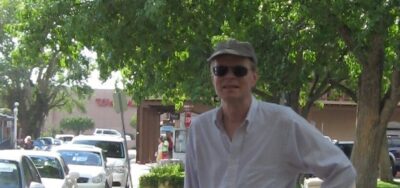Ancient Greek means
The ancient Greeks defined ten means in terms of the following proportions (see here): Let a > m > b > 0. Then m represents (1) the arithmetic mean of a and b if (2) the geometric mean of a and b if (3) the harmonic mean of a and b if (4) the contraharmonic […]
